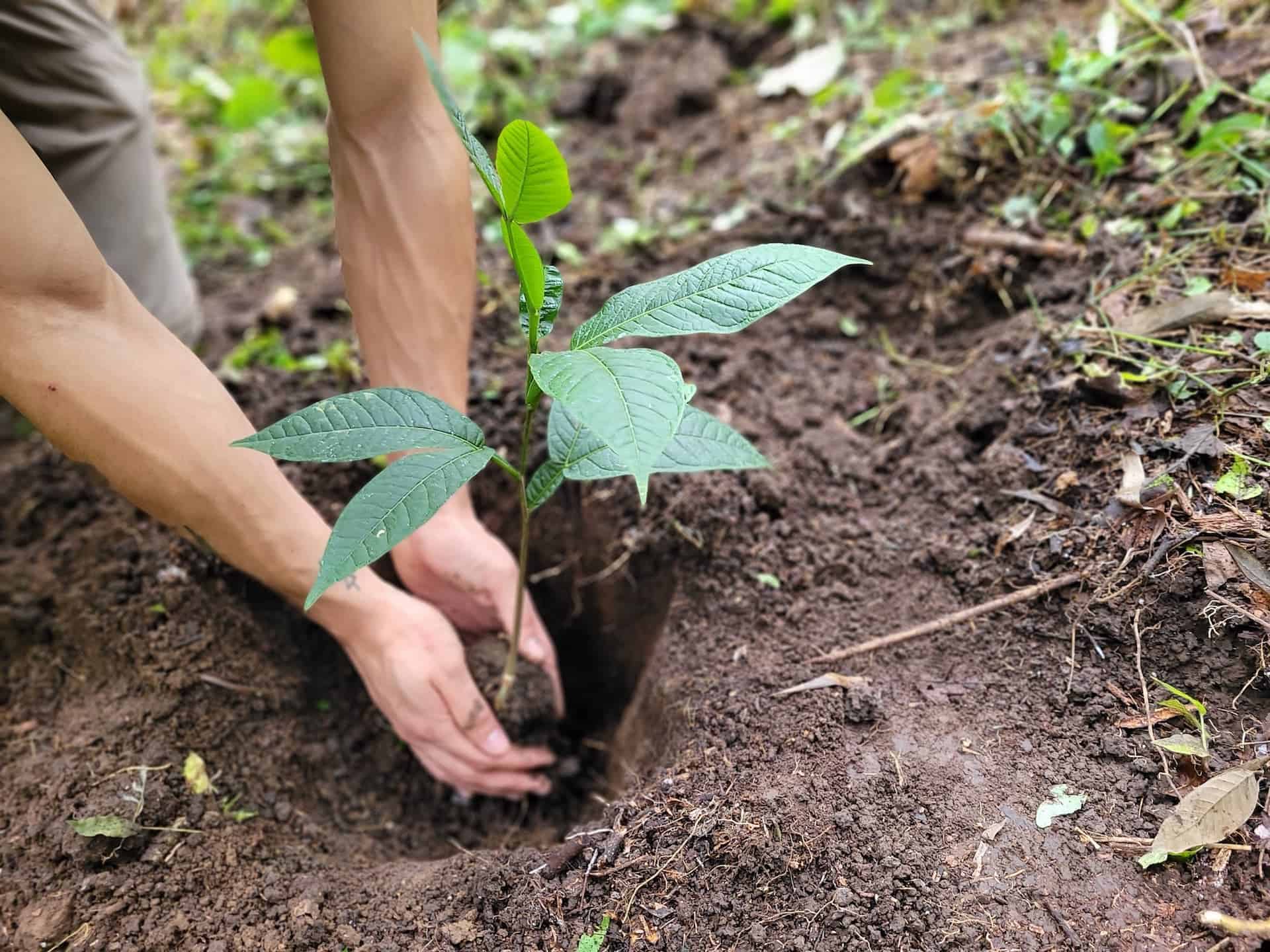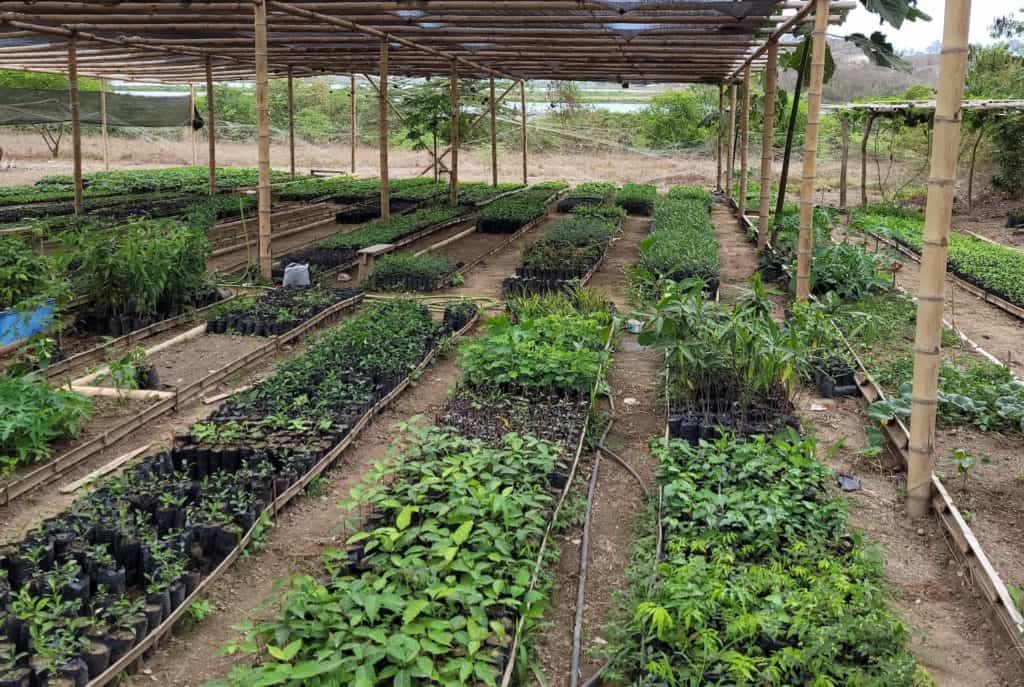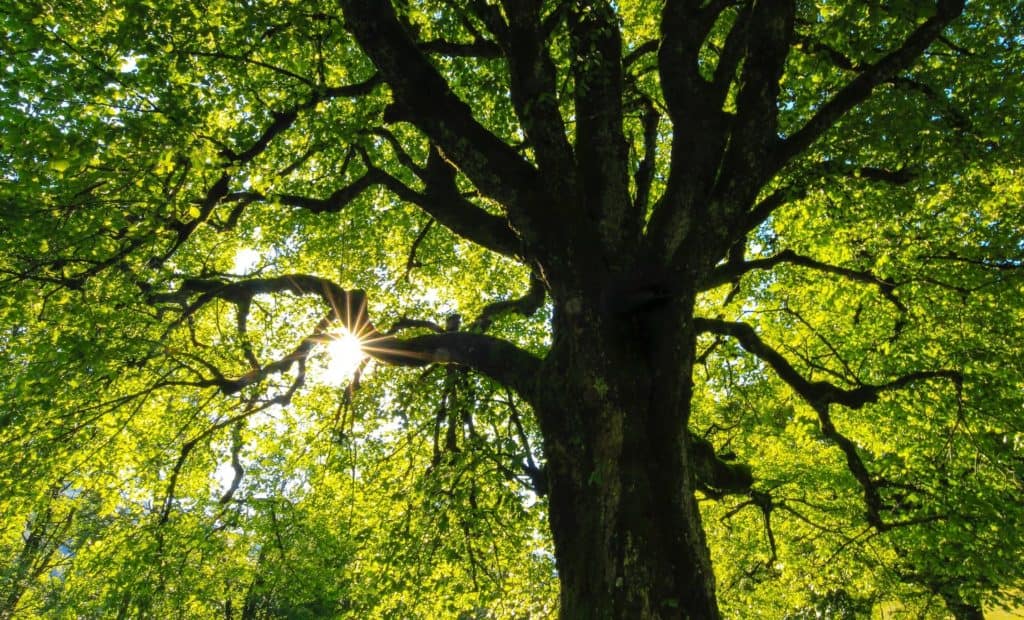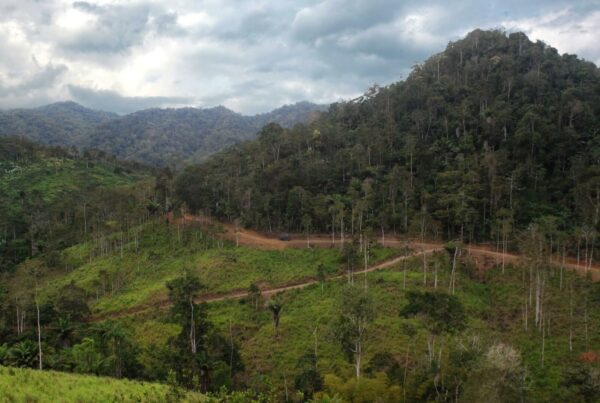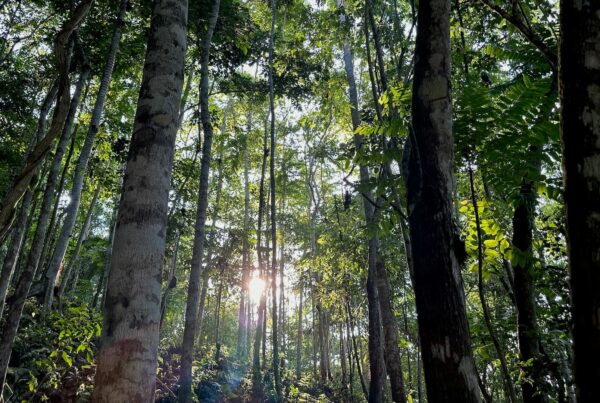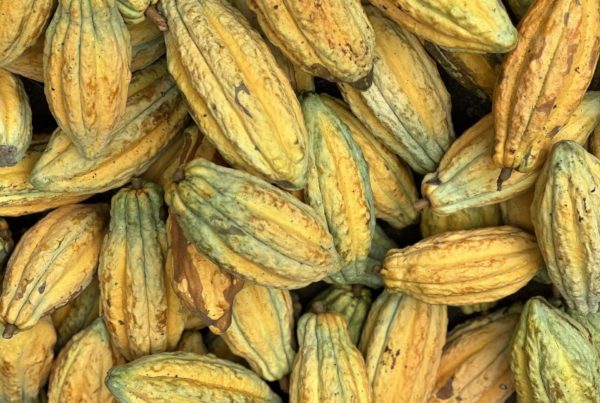Introduction
People often ask how much it costs to plant a tree for reforestation. Many reforestation projects even market their services based on a tree-planting price, which is often suspiciously low. In our estimation, the actual planting of a tree represents maybe 2% of the overall work required to raise a tree to maturity. So the real question is: how much does it cost to raise a tree to maturity?
Sections
- All of the Steps Required to Raise a Tree to Maturity
- Buyer Beware of Cheap Reforestation Projects
- How Much it Costs to Raise Each Tree to Maturity
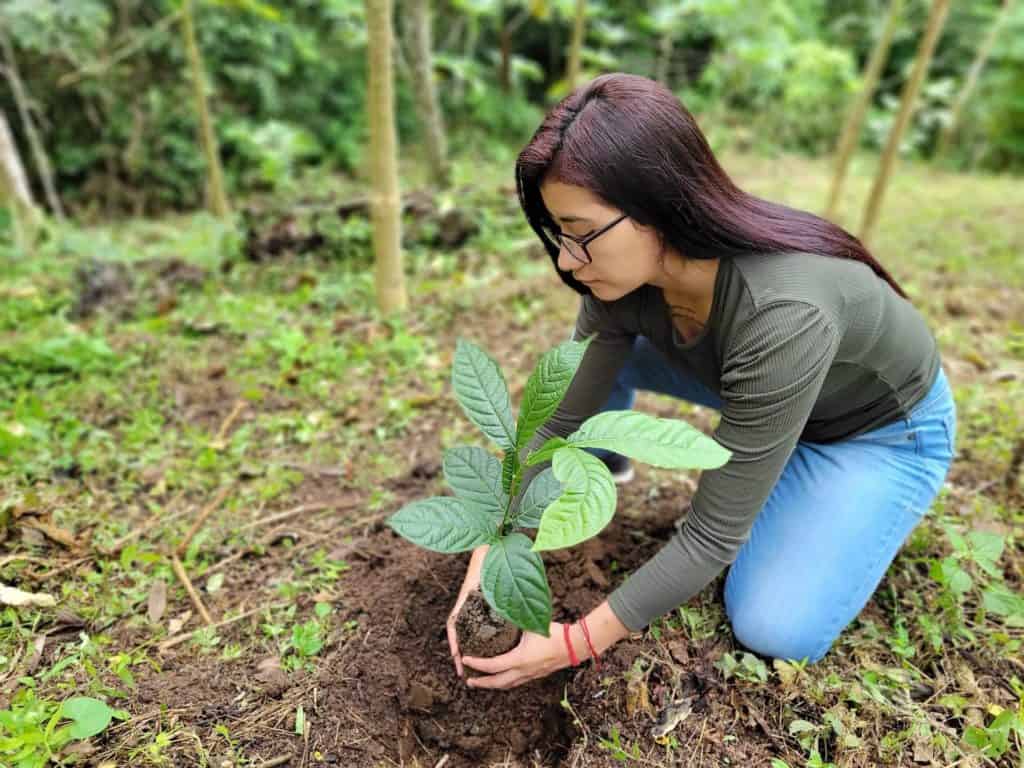
All of the Steps Required to Raise a Tree to Maturity
Before we answer the question of cost, let’s first take a look at all the activities that are needed for a tree to reach maturity, particularly in the ultra-competitive realm of tropical vegetation. Here’s the list:
- A seed must be sourced. This is not as easy as it sounds. Some seeds are only produced during a narrow window of time each year.
- The seed must be germinated in a plant nursery. Again, this is not as easy as it sounds. Some seeds germinate easily, other seeds do not.
- Once the seed germinates, its water and sun intake needs to be carefully regulated for many months.
- The site where the seedling will be planted first needs to be prepared.
- When the seedling is ready for planting, it must be transported to the site. Oftentimes, planting sites are not close to roads. This means that people or animals must haul heavy crates full of seedlings on their shoulders over rough terrain for long distances.
- Now comes the big moment of planting—which is just one relatively simple step in a very long list of necessary actions.
- The first year is always the most critical. The seedling will need to be weeded—usually by hand—every 1-2 months.
- Depending on the drought tolerance of the particular species at hand, it may need to be watered at least once a month during the dry season, if not more.
- And this may require building an irrigation system.
- During the second year, the seedling will require nearly as much attention as it did the first year.
- By the third year, we can start calling it a sapling. It still requires some form of attention every 1-3 months—again, depending on how hardy the species is.
- By the fourth or fifth year, especially if it’s a relatively fast-growing species, the young tree may be taller than most of the weeds that would have otherwise out-competed it when the tree was smaller. But it will still need to be weeded a few times a year.
- And it will still benefit from irrigation.
- At some point, especially if it is a fruit tree, it may require pruning.
- It also may require some form of integrated pest management.
- And then, hopefully, it will begin to bear fruit.
Buyer Beware of Cheap Reforestation Projects
There are some reforestation projects that claim to plant trees at a cost of $1 per tree or less. If this is the case, it probably means that people are putting trees into the ground and then forgetting about it. If you plant a tree in the tropics, and then forget about it, its chances of survival are extremely low—in most cases, probably lower than 5%. It will quickly be out-competed by undergrowth (i.e., “weeds”) that have evolved to grow extremely rapidly in a very short period of time.
Even if the seedling survives for a while, hidden in a tangle of undergrowth, it will never grow to maturity—which defeats the original purpose of planting the tree. After a seedling is planted, it requires after-care and monitoring until it’s tall and strong enough to fend for itself. Otherwise, the act of planting it will be a wasted effort.
There also needs to be some form of monitoring or verification. If not, there is no way to assess survival and growth rates. Nor are there any useful data points from which to draw when it comes time to either replicate the project or adjust methodologies or selection of tree species. It is akin to planting trees in the dark, wishing for the best, and failing to learn from the results.
How Much it Costs to Raise Each Tree to Maturity
Our Community Reforestation Program costs $3,025, over a five-year period, to plant and raise over 300 trees in one acre of land. If we divide the overall cost by the total number of trees, it comes out to about $10 per tree. Our overall survival rates typically exceed 90%, which includes a policy of replacing all trees that don’t survive the first five years.
Our reforestation program is aimed at quality, survival, and long-term success. We also guarantee absolute transparency in our process, verify all results, and openly share the findings with the public. When someone sponsors a reforestation parcel, we provide them with performance metrics, cost breakdown, and aerial imagery of that exact parcel every single year. So sponsors can literally watch this forest grow over time.
For a closer look at how each reforestation dollar is spent, check out Cost Structure of TMA’s Community Reforestation Program.
How We Do It
To learn more about how our Community Reforestation Program works, watch our 2-minute animated video below.
